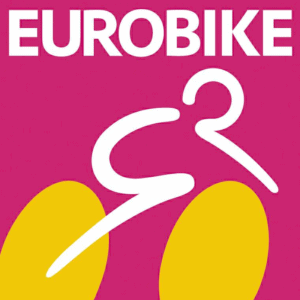With a British factory that can turn out up to 100,000 of its iconic folding bikes a year, Brompton is a strong player in Britain’s bicycle industry. And while it faces much uncertainty amid the country’s seemingly endless Brexit odyssey, Brompton has overcome more difficult challenges before.
Today, Brompton [A2-309] sells its folding bikes in 1,450 shops across 50 countries. Its stores include 15 flagship stores, called “Brompton Junctions,” in major cities including New York, Tokyo, Beijing, Shanghai, Singapore, and Barcelona.
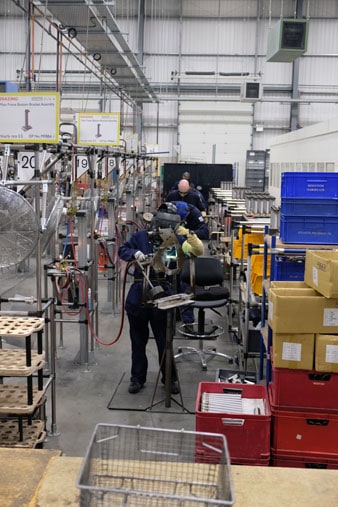
All bikes come out of a complex in Greenford, England, that opened in October 2016. Brompton has its headquarters there as well as a factory that handles everything from welding frames to painting, wheel building and final assembly.
“While the annual production capacity of our new factory could max out at 100,000 units, the current production is closer to 60,000. Apart from the optional titanium forks and rear triangles for our Superlite models that are being welded in Sheffield, the steel frames and forks are being soldered at the factory, with two production lines and about 30 frame builders working in our spacious headquarters. Most of those welders have been trained by ourselves,” said Tom Hobbs, who at the time of a recent visit worked for Brompton’s marketing department.
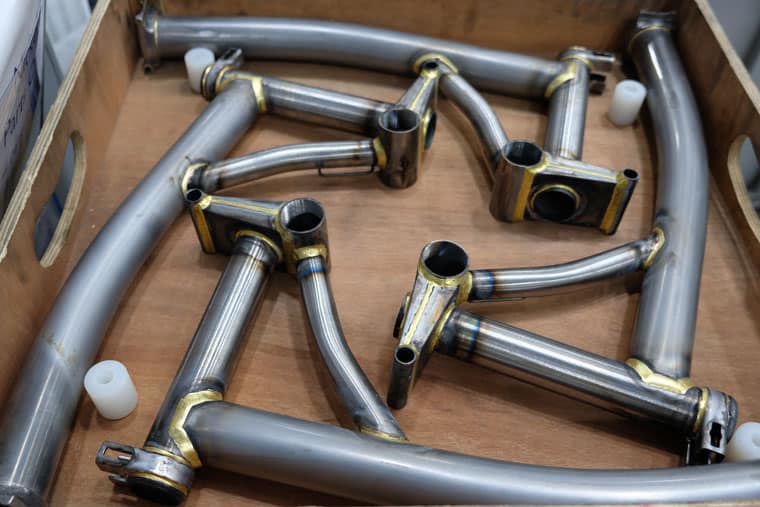
In its home market, Brompton benefits from a rise in consumers who are more concerned about the environment, and from an effort by cities to reduce car traffic in their crowded urban cores and thereby reduce smog and gridlock.
Low-slung Brompton folding bikes can be seen all over London, and hardly one bike is exactly like the other. That highlights another of the company’s strengths: While the frame and fork are identical throughout Brompton’s model range, consumers can choose from among some 16 million variations of colors, components, and other specifications. Brompton also produces special editions, such as the sporty, well-equipped CHPTR3 editions designed with former road professional David Millar.
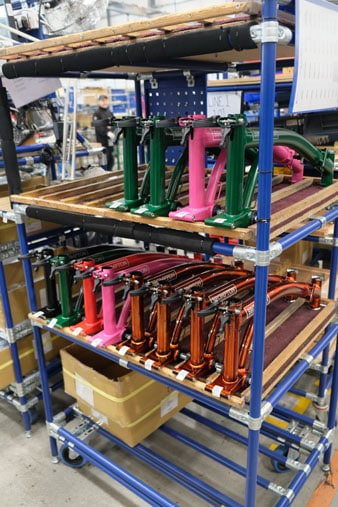
Brompton hasn’t ignored the e-bike trend, either. Its solution is a typically distinctive one that doesn’t rely on well-trodden solutions from famous suppliers. Instead, the Brompton Electric uses a front hub motor that it developed with Williams Advanced Engineering, a British company with a long history in motor racing. The motor uses a 300Wh battery that’s hidden in a bag in front of the steering column.
Sensors and the brains of the drive system are hidden in the bag mount. The cadence sensor is the only drive component that is visible on the main frame.
By relying on domestic suppliers and production, Brompton has sidestepped the ongoing trade conflicts between China and the EU and United States. Yet its extensive export business faces a different challenge in Britain’s seemingly endless Brexit odyssey.
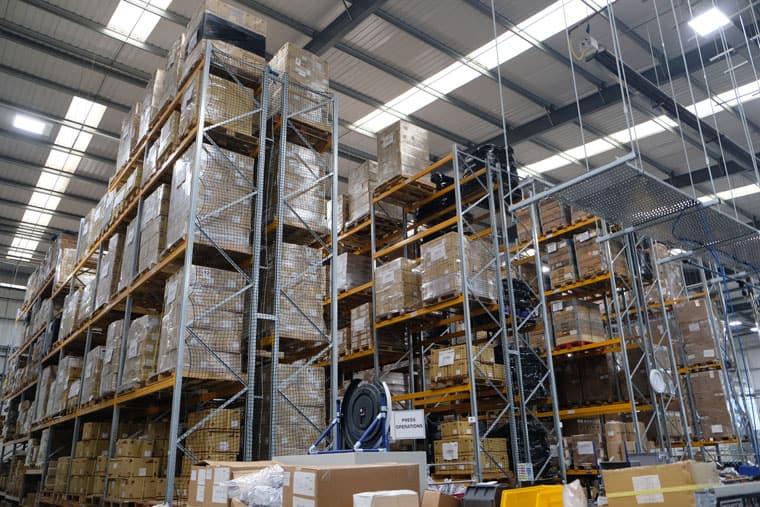
To hedge against the uncertainty of exactly whether and how Britain will leave the European Union, Brompton has stockpiled parts and components worth more than a million pounds (1.09 million euros; $1.2 million). The parts are stacked to the ceiling on heavy-duty shelves in Brompton’s headquarters.
While managing Brexit is a huge challenge for British firms, Brompton has survived more serious difficulties. Its story began in the late 1970s, in the aftermath of the oil crisis. Andrew Ritchie, a newly minted engineer from Cambridge University, wanted to get people out of their cars. He designed a high-quality folding bike that he hoped would spark interest in multimodal mobility. Yet he couldn’t convince Raleigh, then Britain’s biggest bikemaker, or banks to back his idea.
In 1982, Ritchie founded a company with one other employee and made about 50 of his original folding bike, called the Mark I. But a recession proved to be too difficult to overcome, especially after a key supplier — a British metal processing firm that made the main hinge on the frame — went out of business.
Ritchie gave up and took on a job as a landscape gardener to make ends meet. Then, fate intervened.
A wealthy entrepreneur, Julian Vereker, docked his yacht in the French harbor of Cherbourg and saw another yacht owner pedal away on his Mark I. Vereker — founder of the company that makes Naim high-end amplifiers — wanted one of his own and wouldn’t take no for an answer.
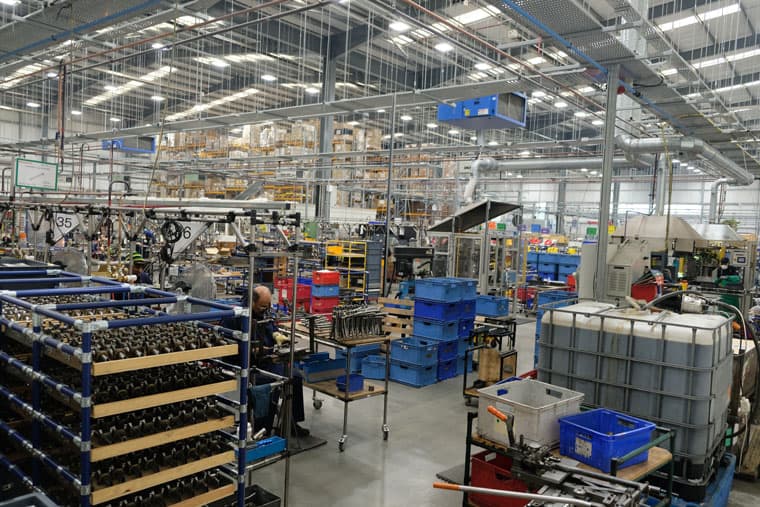
Vereker tracked down Ritchie, pulled together financing from other wealthy friends and created a business plan to restart Brompton.
Brompton, Chapter 2, was launched in 1987 — in a 93-square-meter (1,000-square-foot) building under a railroad bridge in the West London suburb of Brentford. Ritchie tweaked the original design to create the Mark II, and the rest is history.
Today’s Bromptons are largely similar to the Mark II design and still offer a unique parking option — where the bike sits on its own and leaves the rider’s hands free — between its riding and fully folded positions.

